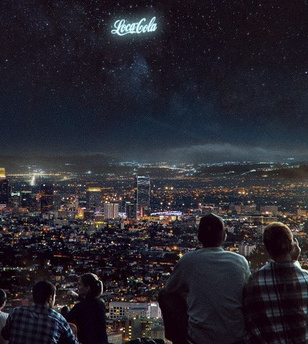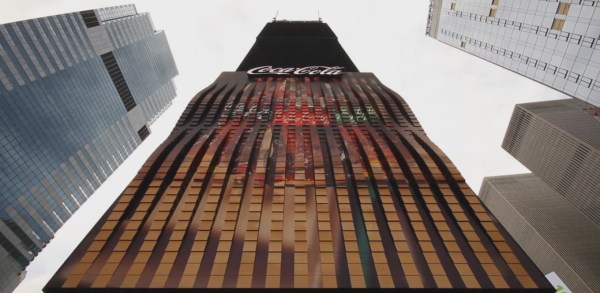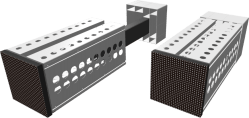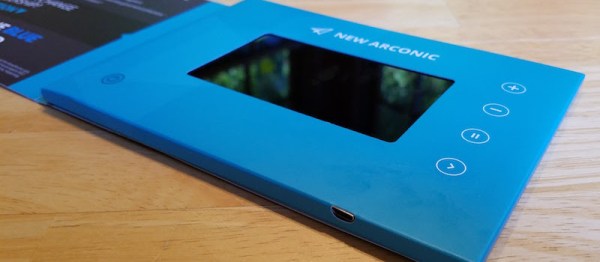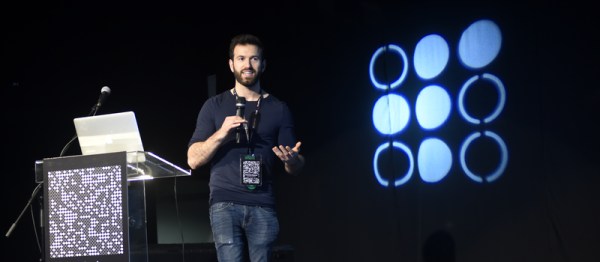We read this news with mixed glee and horror: a company called Telly is giving TVs away, for the low price of having to live with an always-on advertisement bar and some pretty stringent terms and conditions. Break the terms, and they’ll repossess your TV. If you don’t give them the TV, they have your credit card on record and they think the set is worth $1,000.
The hacker in me sees free hardware, so I checked out the terms and conditions, and it doesn’t look good. They’ve explicitly ruled out opening up or physically modifying the device, and it has to continually have WiFi – for which you pay, naturally. It sounds like it could easily tell if you try to tamper with it. My next thought was, perhaps too cynically, to get one, put it in the closet, and wait for the company to go bankrupt. Because you know that business model isn’t going to last.
But it’s clear that they’ve seen through me. The most bizarre clause is that you have to “Use the Product as the primary television in Your household”. Now, we’re not lawyers, but it seems like an amazing stretch that they can tell you how intensively you are to use the product. Can you imagine a license with a keyboard that demanded that you only use it to write sci-fi novels, or that you have to use it more than any other keyboard?
Nope. Too many hoops to jump through for a silly free TV. You can keep your dystopian future.



